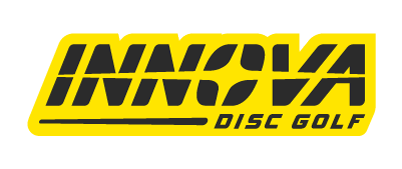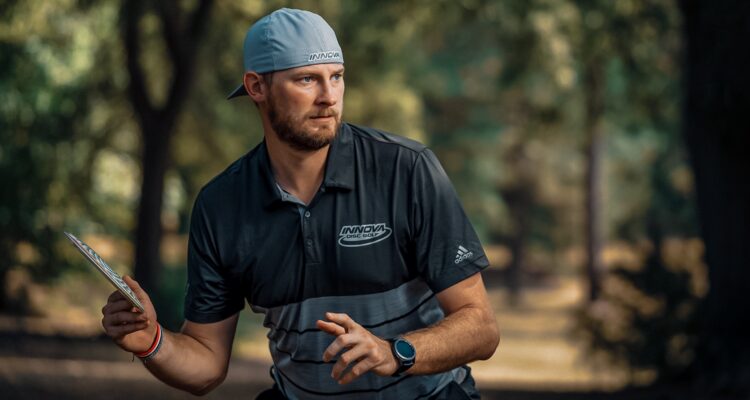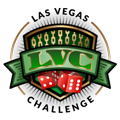Whether You Call it a Flick, Sidearm, or Forehand… You’re Going To Need One
The days of being a backhand only disc golfer are behind us. Sure there are a few top pros who pull it off, but you are at a major disadvantage on most modern disc golf if you can’t throw both ways. We’re here to help you develop and improve your forehand to open up new options on the course.
Many principles from backhand drives apply to forehands as well. Visualization, nose angle, and emphasis on timing are all things that you can carry over from your knowledge of throwing backhands to help with your forehands. Check out our article How to Throw Backhands… Really Far for some tips that can help with throwing both ways.
Your Grip and Your Run-Up
Grip and run-up vary from player to player. No one grip or run-up style is necessarily correct, but some work for more players than others. We are lucky to have one of the best forehand throwers (and best teachers of disc golf) in the world on Innova’s Star Team. Check out Nate Sexton’s Learn to Disc Golf video where he breaks down the forehand grip and run-up. Experiment with grip and run-up variations until you find what feels comfortable for you.
Active Wrist
The forehand throw in disc golf has an active wrist motion. Part of your forehand reachback needs to be cocking your wrist. Load the disc towards the back of your forearm. At the moment of release, spin the disc with a flick of the wrist. Think about smacking your aim point. In your follow through, your wrist should move to 180 degrees from where it started, now towards the front of your forearm. This motion adds spin and acceleration to the disc, giving you more distance and less wobble.
Throw a Ball, Don’t Wave Hello
Your wrist has two main directions of motion: the one you use to wave and the one you use to throw an object. A huge number of players use the wrong hinge when trying to throw a disc. If when you drive, your wrist is hinging the way that you wave, you are losing out on power and opening yourself up to injury. Think about throwing a ball. That same wrist motion should be applied to throwing forehands. Obviously you are throwing a sidearm, not an overhead pitch, but both throws use the same hinge of the wrist. When trying to make this change, you may need to adjust your grip.
Avoid the All-Arm Throw
Just like with a backhand, an “all-arm” forehand will result in injury and weak drives. You need to use your legs, hips, core, and upper body if you want smooth forehands with big distance. Timing is crucial. Think about pushing off of your back leg, rotating your hips, driving first with the elbow, and letting the disc sling out. One of the benefits of the forehand throw is that you can face your target during your run-up. That said, you still need to engage the shoulders and the hips with a powerful rotation as you drive. By using your entire body, you will be able to throw farther while putting less strain on your arm.
Palm to the Sky
For players who have trouble with rolling their wrist, it helps to keep your palm pointed towards the sky in your follow through. It does not need to be faced all the way upward, but you should not be able to see the back of your hand during your drive. This helps keep the disc on a hyzer and prevents you from changing the angle at the last moment with a rolled wrist. You will know if you are rolling your wrist because the disc will come out of your hand wobbly and turned over. If your forehand throws fit that description, make sure that you can see the palm of your hand during your follow through the next time you play.
View this post on Instagram
Throw Putters, Midranges, and Understable Drivers on Different Angles
Many players only throw forehands with overstable drivers on the holes where it is necessary. We challenge you to learn as many disc types and angles with the forehand as you have learned with your backhand. Remember how long it took to be able to lace fairways on a late-flipping, S-curve with a backhand? Well learning that shot with a forehand is going to take some time too.
If you only throw the Firebird forehand, pick up a Sidewinder or a Roadrunner and take it to the field. Learn to throw at different paces and angles, in varying conditions. If you only throw the Destroyer forehand, try some big-distance, hyzer flips with a Charger or Shryke. Learn 80-150 foot approach shots with a straight-flying putter. All this will open up options on the tee and take your scrambling game to the next level. It will also uncover weak elements in your form that have been masked by an overstable disc.
Throwing less stable molds with more glide helps to avoid injury as well. Let the disc do the work. Think about it; if the only disc you threw backhand was the Firebird, that would probably start to hurt after a while too.
Not Every Right-to-Left Shot is a Backhand
Just because the target is on the left side of the fairway does not necessarily mean that a backhand is the best choice for the hole. Early obstacles, low ceilings, sloped greens, wind conditions and many other factors can all make forehand the best option even on a left-finishing hole. Once you learn how to throw forehands with less stable discs at a range of angles, you will have options for left-finishing forehand shots. You will realize that many holes that you thought were best for backhand, actually play best for a turnover forehand.
Avoid Injury
The forehand seems to lead to more injury in disc golf than the backhand. That said, Team Innova has amazing examples of players who have had long and successful careers throwing mostly forehand, such as Nate Sexton and Jeremy Koling. So how can we minimize the risk of injury, but stay competitive on modern disc golf courses? Some basics to start: warm-up, stretch, drink water, and listen to your body. Next, follow the above tips. By avoiding the “all-arm” throw, learning proper form, and throwing less stable discs that can do more of the work, you will put less strain on your body.
A few bonus tips for avoiding injury: Focus on timing, not on power. Trying to overpower the disc will hurt your elbow and won’t add distance. Consider throwing lighter-weight plastic. Lighter discs often get more distance with less effort. Stay loose. If you have a rigid throwing arm, the power generated from your legs and hips can’t transfer into the disc. Follow through. Having a pronounced follow through will allow the forward momentum from your throw to dissipate instead of causing injury with a jerky, stopping motion. Practice in the field. Proper form can only be learned with reps. Get out into the field and practice. Start with slower, less-stable discs at a couple hundred feet and work your way up.
View this post on Instagram







